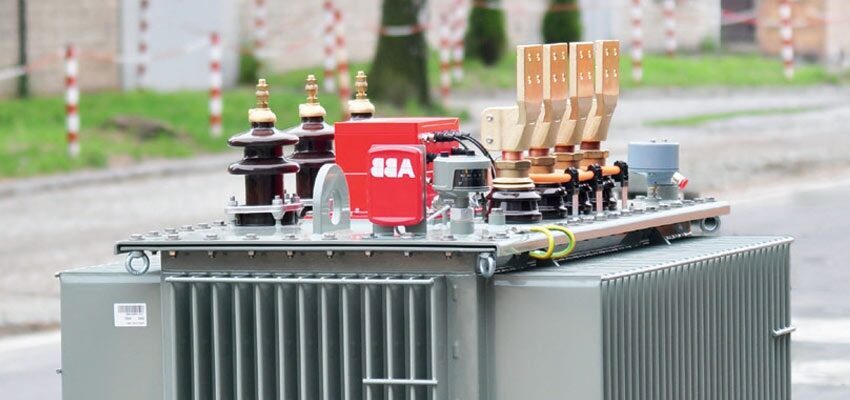
Digital transformer
Dawn of the digital distribution transformer Distribution utilities are dealing with far more complicated power grids than ever before. Unprecedented challenges are posed by...
byDeidre CUSACK and Deia BAYOUMI

Dawn of the digital distribution transformer
Distribution utilities are dealing with far more complicated power grids than ever before. Unprecedented challenges are posed by a bewildering array of factors: rapid expansion of cities and urban areas; incremental grid upgrades; the addition to the grid of renewable generation sources such as solar and wind; and the inclusion of unique loads such as electric vehicle (EV) charging stations. These changes stress distribution transformers – the vital link between the electrical grid and homes, industries and infrastructure – and can result in premature failures, unplanned outages and less-than-optimal grid operation. Uptime, safety and the environment are major concerns for operators of, for example, data centers, oil and gas installations, and industrial plants. To handle these concerns, such enterprises maintain their equipment through condition-based asset management systems. Now, to further improve reliability and to protect themselves from the stresses described above, these operators are interested in integrating their electrical equipment, such as transformers, into these systems. This interest – and the need for faster decisions, real-time action, and improved reliability of distribution transformers – led ABB to explore how to exploit digital technologies to produce a new distribution transformer that would enable customers to address not just today’s challenges but also those of tomorrow.
ABB Ability TXpert development
Starting from a blank sheet of paper, an open innovation process was begun in ABB that eventually generated a development roadmap based on market segment needs and trends. This roadmap led ultimately to the launch of the new digital distribution transformer, the TXpert. At every step of the TXpert development, design and manufacturing decisions were made with the customer’s perspective and expectations regarding engineering, operation, maintenance, etc. firmly in mind.
Which measurements provide vital information?
Customers expect distribution transformers to last for 25 to 30 years; any new additions to the product line should do so too. The question then arises as to which parameters, if they were measured directly, would provide vital information about the asset and electrical supply quality – and which sensors best measure these parameters. Given the conservative nature of the industry, only sensors designed for, and used in, harsh environments and with excellent field reliability were considered.







